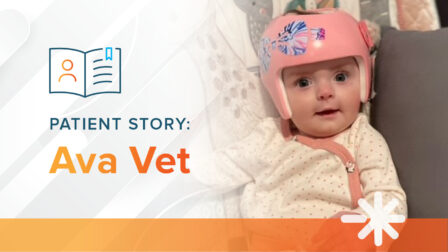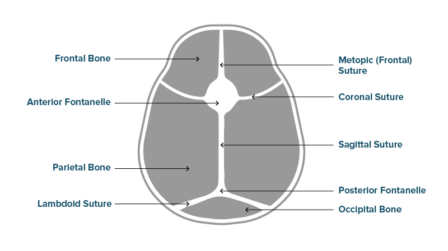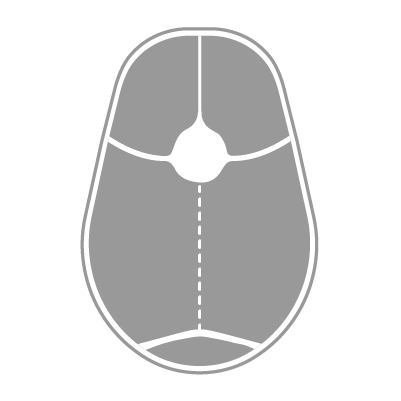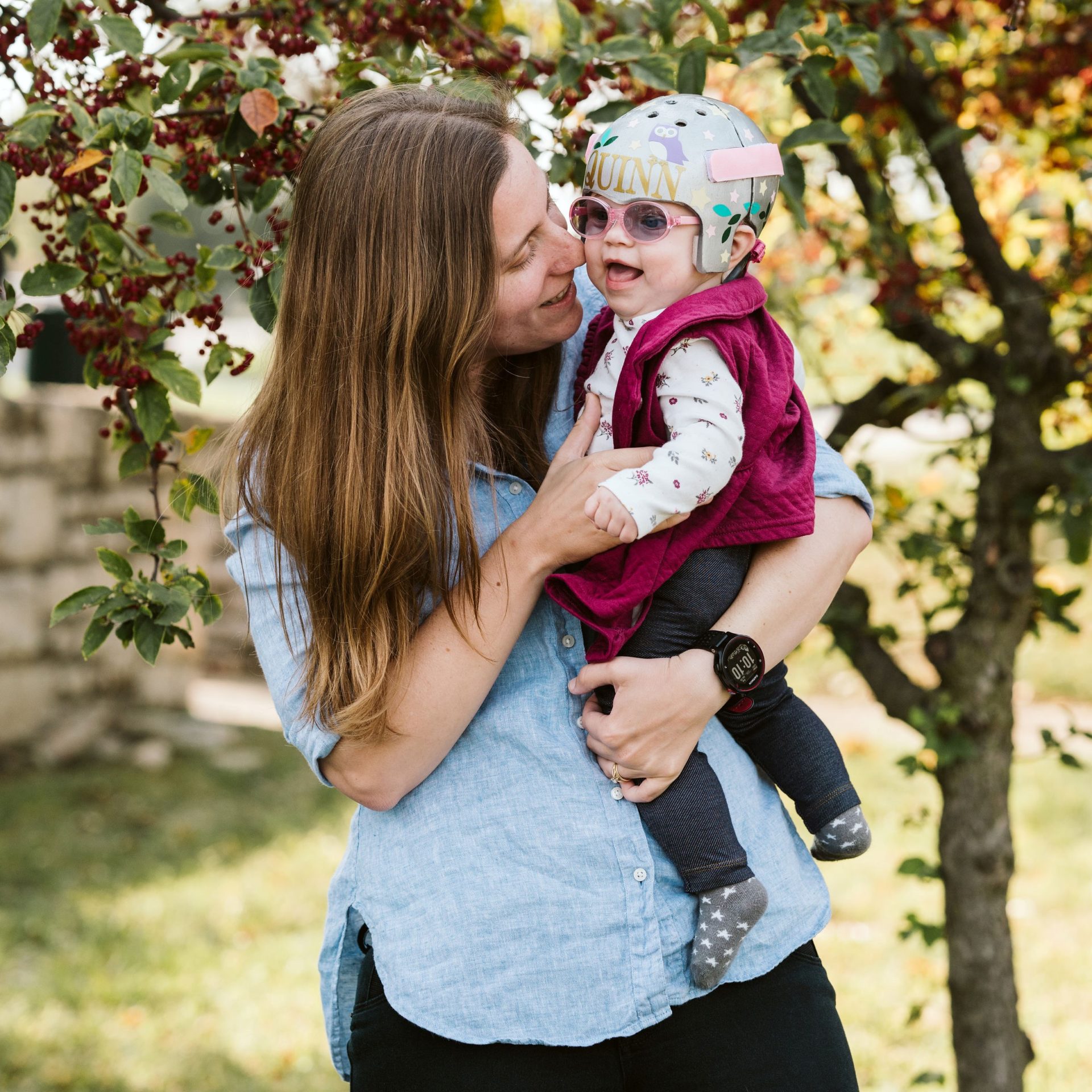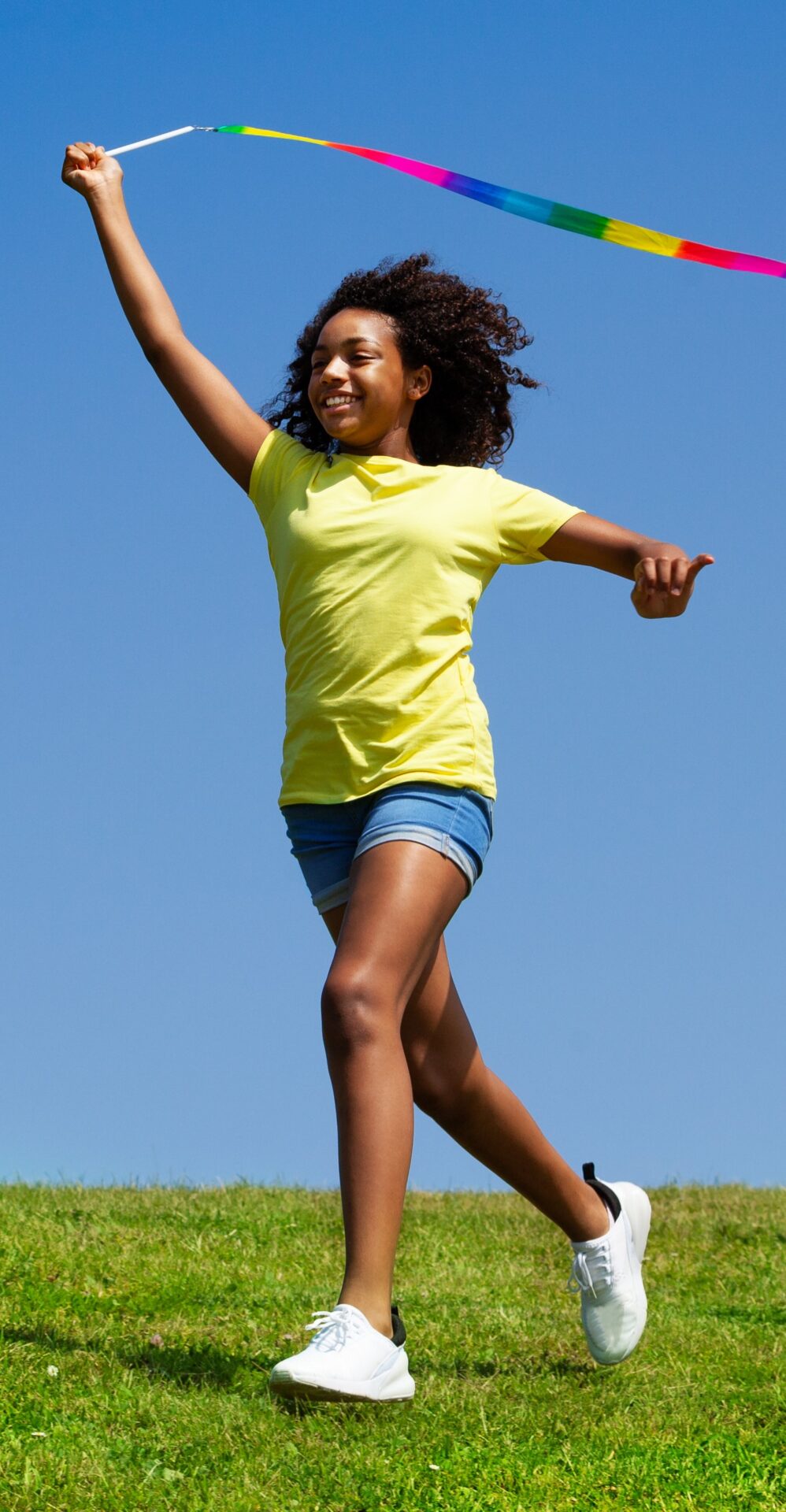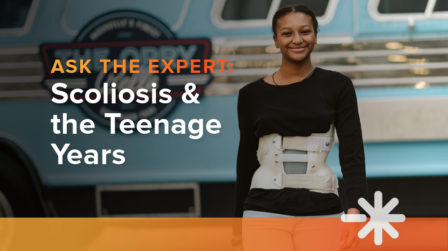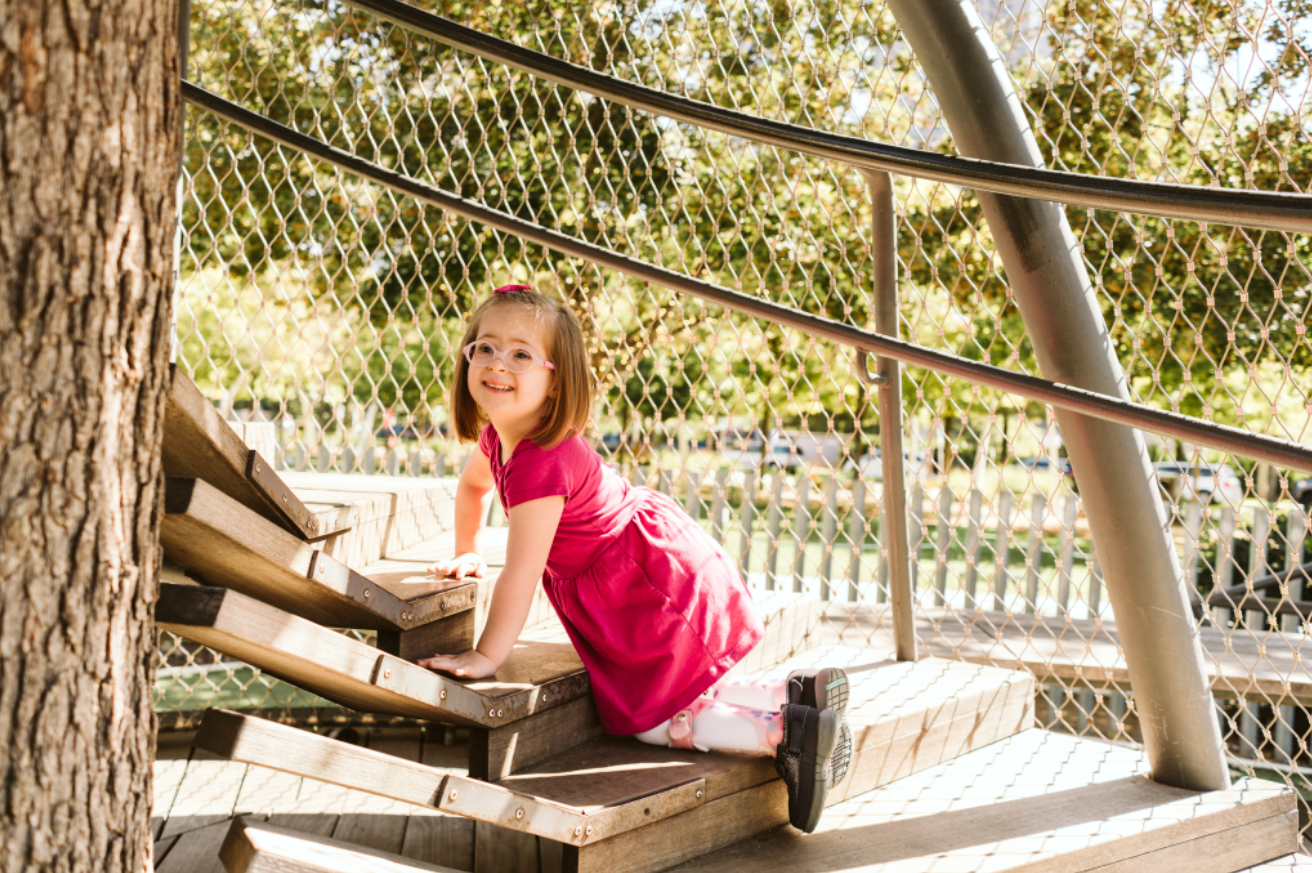Treatment
The use of an orthosis (brace) may reduce some of the negative effects of hypertonia. The brace can help with joint movement and muscle function for standing and walking.
Orthoses can help by addressing one or more of the following issues:
- Providing a stable base for movement
- Improving walking patterns
- Reducing the impact of spasticity on upper and lower limbs
- Reducing excessive energy used to move
- Reducing the risk of falls
- Controlling muscular imbalance
- Providing balance and control over spastic movement
The most common brace prescribed for hypertonia is an ankle-foot orthosis (AFO). AFOs have been shown to help support mobility in children with hypertonia. AFOs help make walking easier and more energy-efficient, allow children to perform certain activities more easily, and improve balance to increase safety. Other orthotic interventions may also include a wider span of lower limb bracing and potentially even hip, spinal, and hand/wrist bracing.
